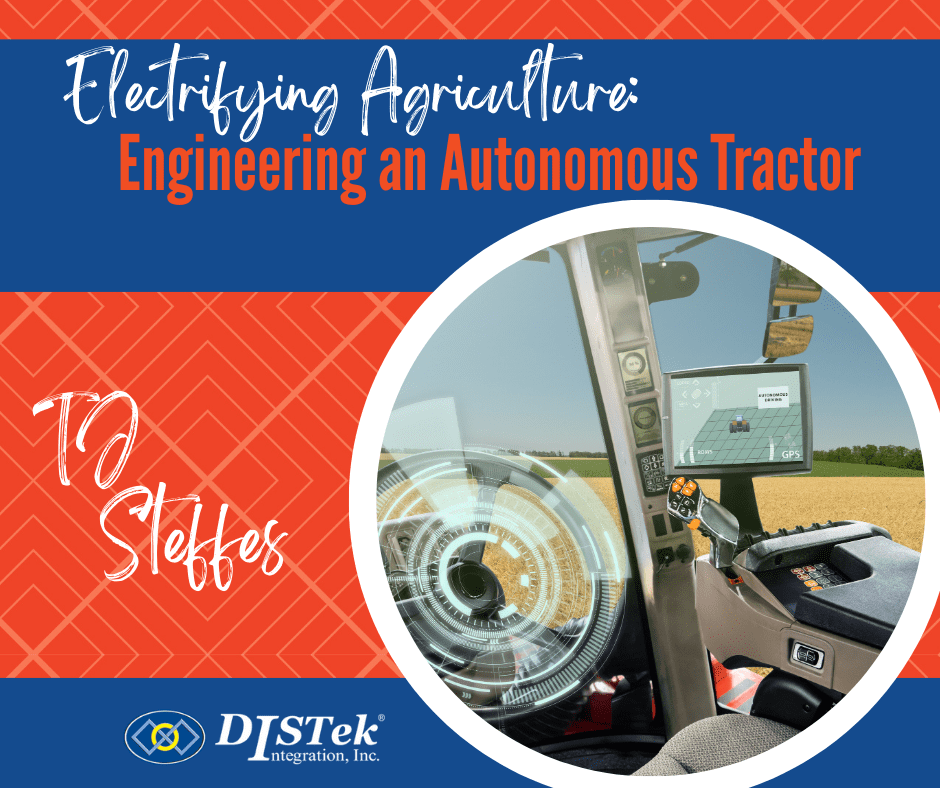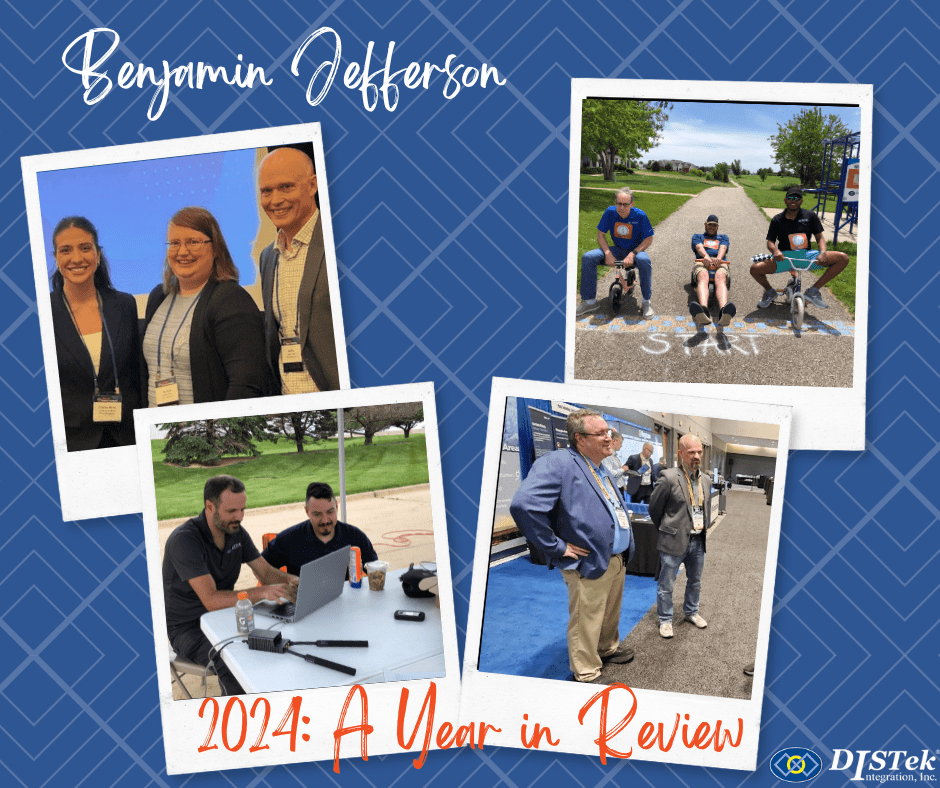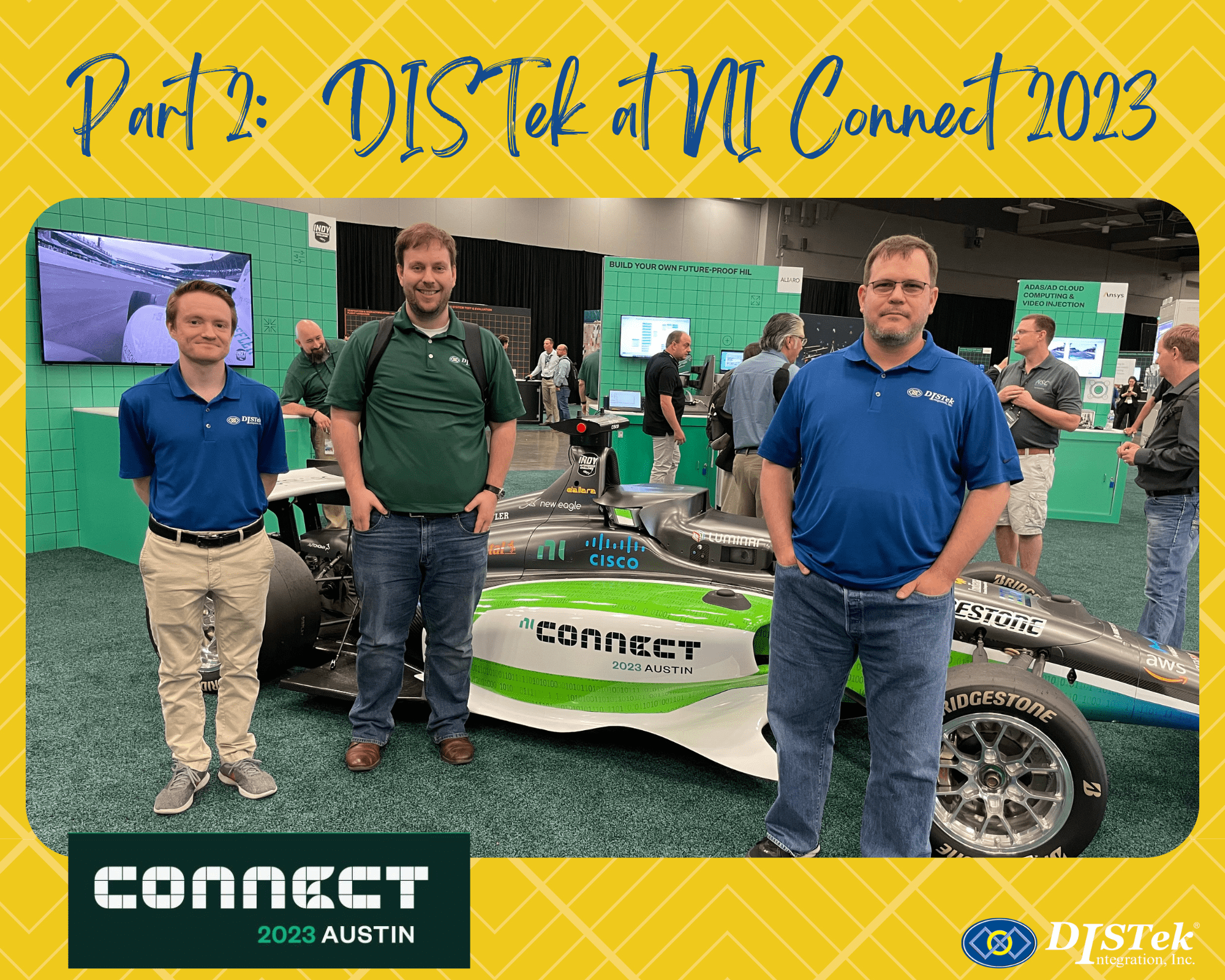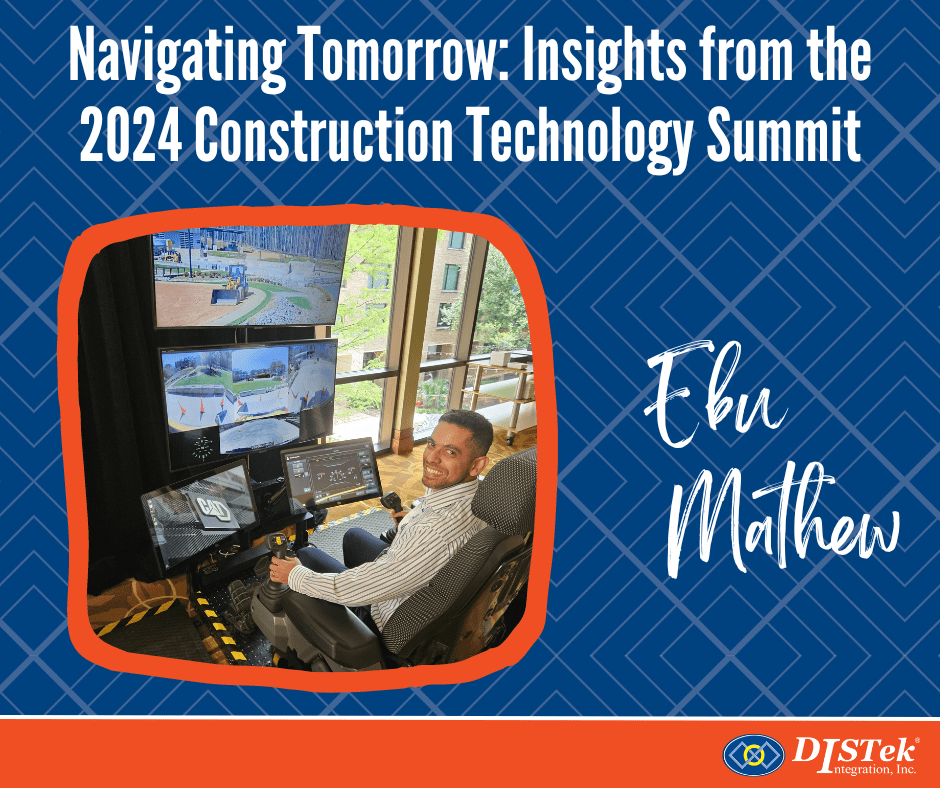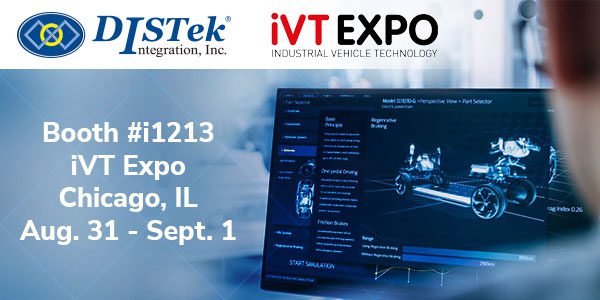A client approached our team with the ambitious goal of developing a fully electric, autonomous tractor – placing a strong emphasis on delivering an exceptional end-user experience. Achieving this vision required not only seamless vehicle control but also an intuitive and user-friendly interface.
Our team was tasked with developing the software systems that power both the tractor’s control mechanisms and its user interface. In addition to hands-on software development, our five-member team has played a key role in broader system-level discussions. These collaborative sessions – held regularly with the primary client stakeholder – also involve high-level contributors such as the client CEO and UX designer, as well as component suppliers. This cross-functional engagement ensures that software decisions are aligned with the overall product vision and user-centric goals.
The DISTek team is primarily responsible for two core components of the system: the Performance Unit Controller (PUC) and the User Interface (UI). The PUC is a Linux-based embedded device that manages vehicle control functions and facilitates communication with the UI. The UI, in turn, provides critical user-facing functionality, including live video feeds from both the front and rear of the tractor, real-time location tracking, and manual control via a handheld remote controller. Additionally, the UI displays a dynamic map showing the tractor’s autonomous path, offering users clear visual feedback during operation.
Each of these components presents its own set of engineering challenges – many of which are new and technically complex. On the UI side, the team has tackled several unique integration issues, such as establishing stable connections with the GNSS and camera systems, translating UX wireframes into functional UI code, and ensuring a reliable, low-latency connection to the PUC that adheres to stringent timing and safety requirements.
For the PUC, the development scope includes implementing control logic for both vehicle dynamics and hitch mechanisms, managing inter-process communication with the UI, and developing critical safety features. These systems must operate with high reliability and determinism to meet the client’s target safety level during autonomous operation.
To meet the project’s evolving demands efficiently, the team employs several key development strategies. One such approach is pair programming, which enables rapid feature development and quick resolution of defects. This method proves especially effective given the team’s strong mutual understanding of each member’s expertise, comprehensive knowledge of the overall system architecture, and ability to collaboratively solve complex problems in real time.
To further manage the fast pace of system changes and updates, the team maintains a regular cadence of client engagement. This includes frequent demonstrations of new features and a dedicated weekly UI meeting with the UX developer. These sessions serve multiple purposes: they provide ongoing validation that development is aligned with stakeholder expectations, they allow us to refine and clarify system requirements, and they help ensure that design decisions continue to meet both functional and user experience goals.
Moreover, these collaborative meetings foster open communication with the client, allowing the team to contribute valuable software insights during system-level discussions. This cross-functional alignment has been instrumental in driving both technical coherence and strategic progress throughout the project lifecycle.
Despite the complexity of the challenges encountered, the team has consistently delivered high-quality software at a rapid pace by leveraging the development strategies outlined above. As the project continues to evolve and deeper levels of vehicle autonomy are integrated, these collaborative and adaptive practices will remain essential. They position the team to effectively navigate the increasing technical demands and ensure that future iterations of the system remain robust, user-centric, and aligned with the overall project vision.
As we continue to lead innovation in autonomous vehicle software, we remain committed to delivering solutions that are both technically robust and user-focused. If you’re looking for a development partner who can turn complex ideas into real-world systems, we’d love to connect. Let’s build something extraordinary together. Reach out to our team today!

